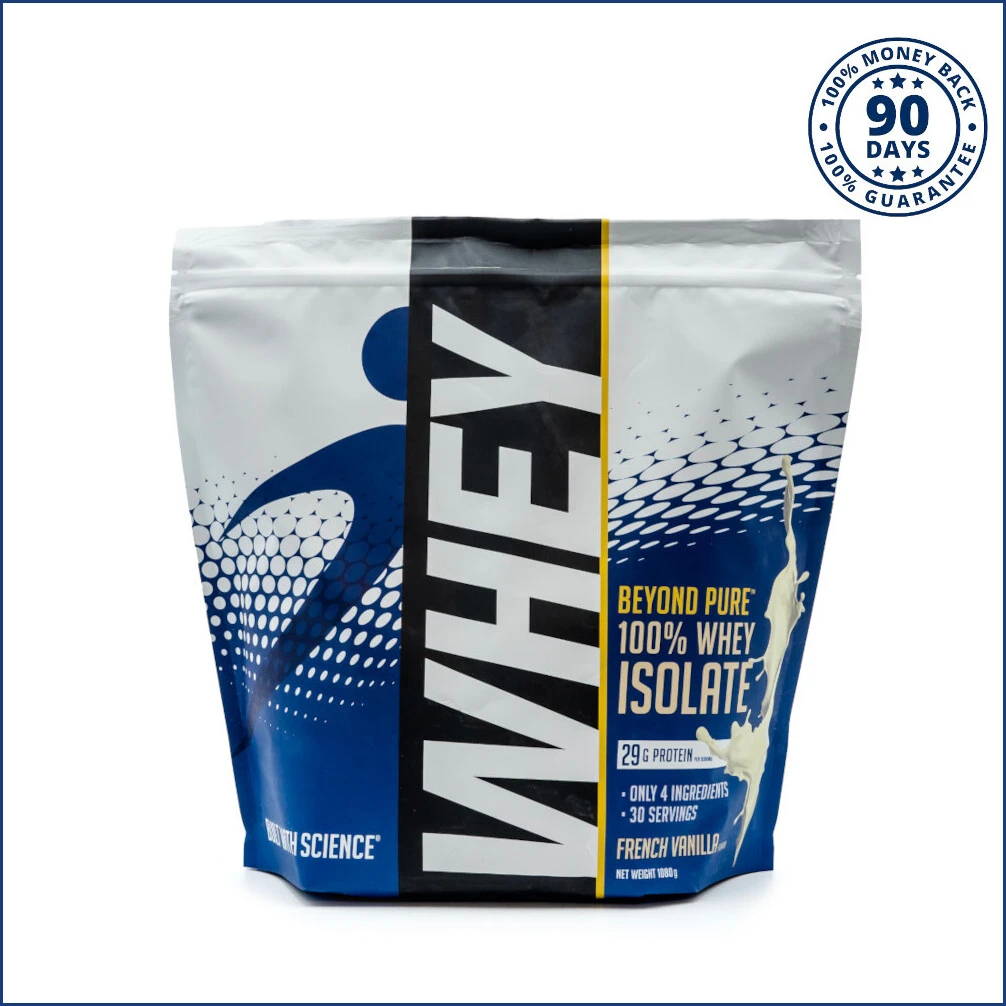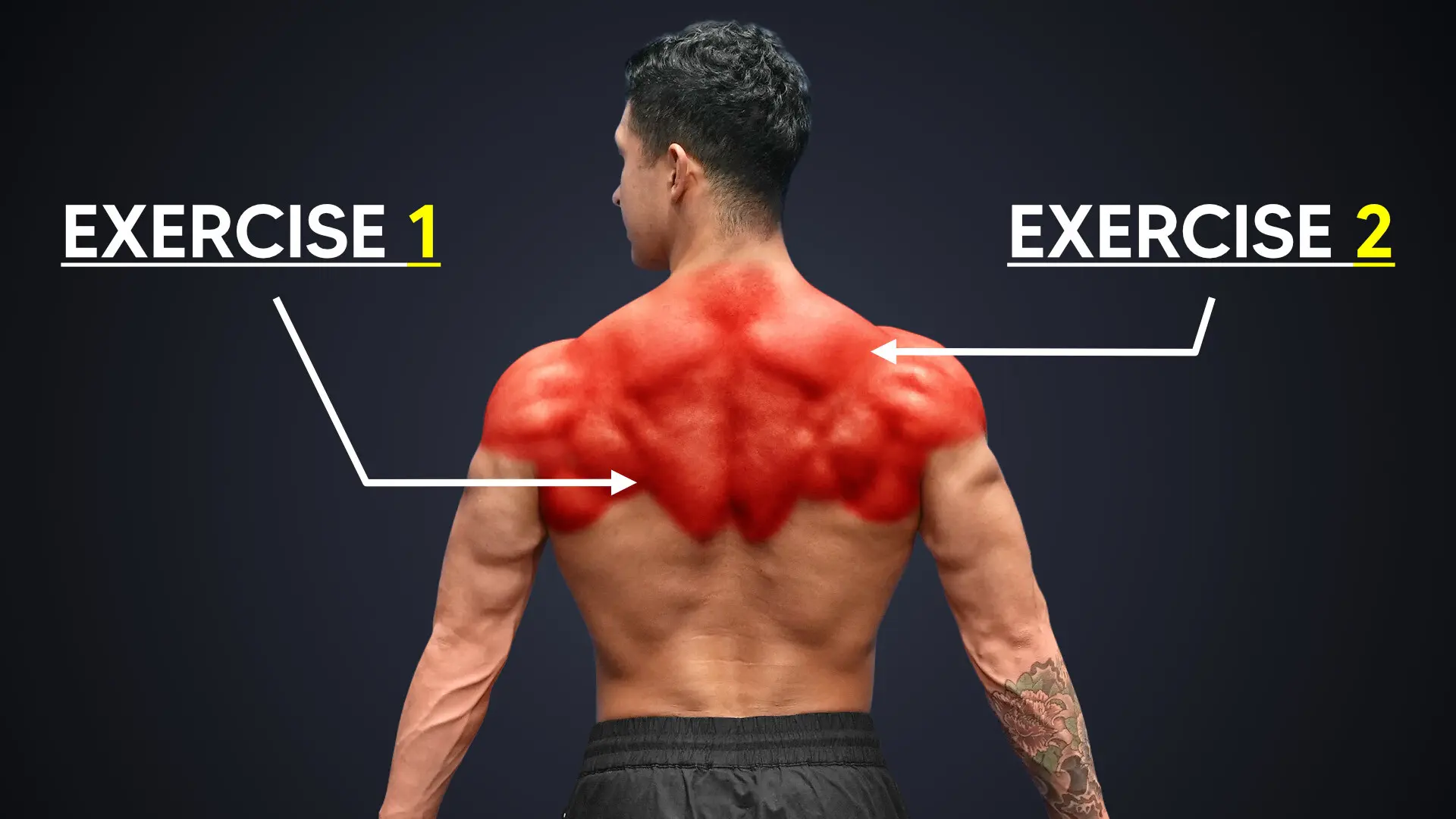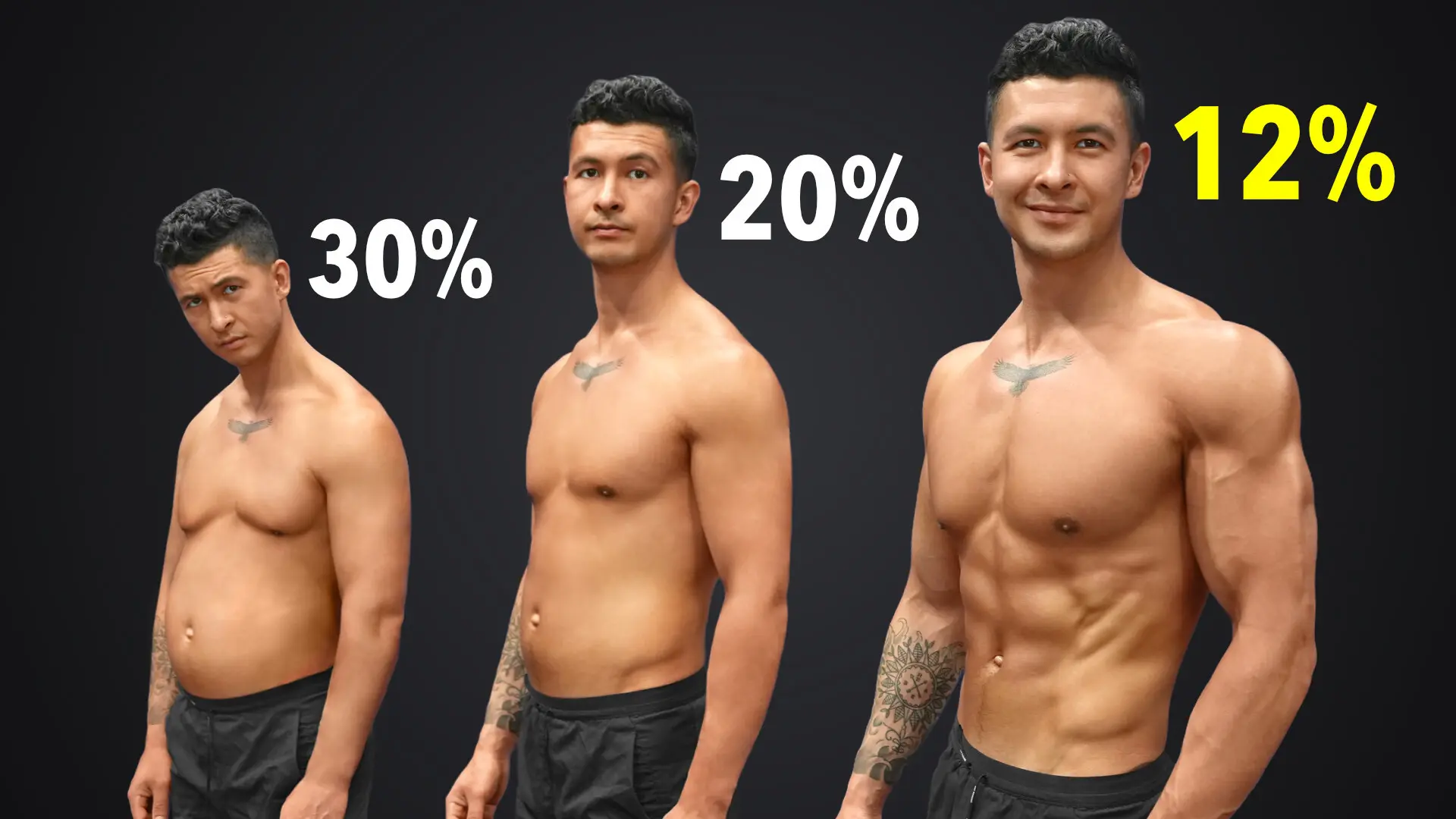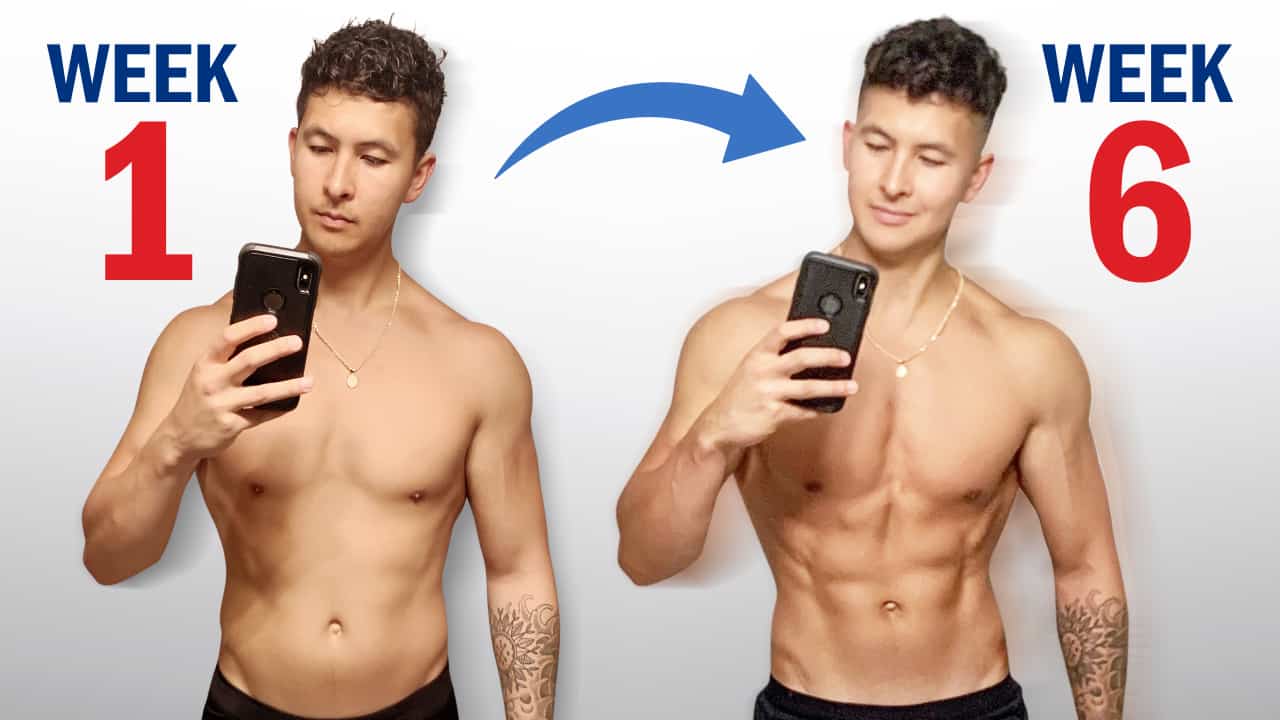
How To Lose A Lot Of Fat Quickly (Mini-Cuts Explained)
Want to lose a lot of fat quickly without sacrificing muscle gains? You can do so by making use of something called a "mini-cut". I explain what that is - and how you can properly implement it - for rapid fat loss here.
How long does it take to get shredded? Well, I was able to lose fat fast - and go from lean to shredded in just 6 weeks. This was made possible with something called a "mini-cut". In this article, I'll explain the science behind:
- Why mini-cuts are so effective, yet difficult for people to stick to
- How I modified my diet and training to make it easier AND
- What I did afterward to maintain my results
By the end of this article, you'll know exactly how you can implement mini-cuts to lose body fat and get shredded fast. You won't just know how to lose fat, either - I also cover tips on how to keep it off for the long term.
By the way ... if you're looking for a complete step-by-step program that shows you how to easily set up, track, and monitor every single variable (i.e., both training- and nutrition-related) that goes toward losing fat in the fastest way possible:
Click the button below to take my analysis quiz to discover the best program for you:
↓
What Is A Mini-Cut?
Let's start by breaking down what a mini-cut is. And how effectively it works. So, we know that the typical approach to dieting is to take it slow to lose fat at a sustainable pace. But mini-cuts are quite the opposite of this. More specifically, there are 2 things that make them different in particular:
- Speed: Refers to the short period of time you'll be dieting for. Typically, with mini-cuts, you won't be dieting for more than about 4-6 weeks.
- Aggression: Yes, you might be a little more grumpy than usual. But the aggression we're referring to here related to how big of a calorie deficit you'll be on. And how much weight you'll aim to lose every week. Typically, you'd want to aim for a rate of fat loss of about 0.5-1% of your body weight weekly. With mini-cuts, though, you should aim to lose around 1-1.25% of your body weight weekly. For most people, this is somewhere between 1.5-3 lbs weekly.
What's the underlying idea behind this fast yet aggressive diet? Well, it's just that this approach allows you to quickly lose fat without the muscle loss and fatigue that would occur if you'd extended it any longer. Mini-cuts are most effectively used:
- During a bulk to quickly reduce your body fat percentage before returning back to a bulk OR
- As a way to quickly lean down before an event, like a wedding or vacation
How Effective Are Mini-Cuts For Fat Loss?
A recent study run by one of our researchers here at Built With Science, Alex, provides some insight.
The study took a group of resistance-trained males and females - and attempted to see the maximum amount of fat they could lose in just 2 weeks. To do so, the test group reduced their calorie intake by almost 40% while continuing to train and eat a high-protein diet. After 2 weeks, they lost a total of almost 4 lbs. Of course, some of this weight loss was water weight. But the rest of it was pure fat, with virtually no muscle mass loss.
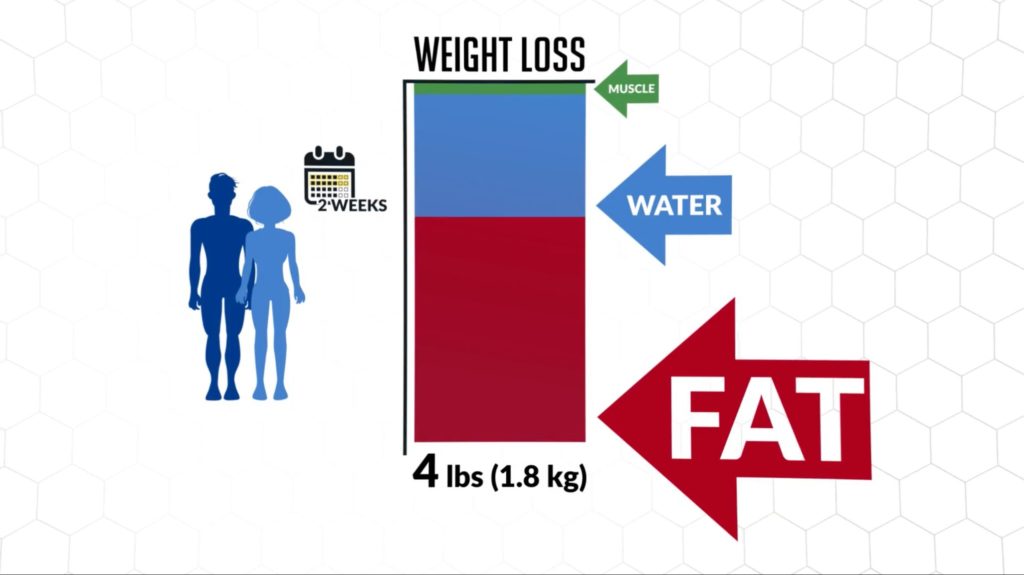
So, at this point, you're probably thinking that this sounds great. And are eager to give it a shot. But the problem with mini-cuts is that they're hard to stick to. Plus, even if you do manage to stick through it? The changes your body experiences during the mini-cut, unfortunately, make it very easy to regain the fat you lost as soon as you're done.
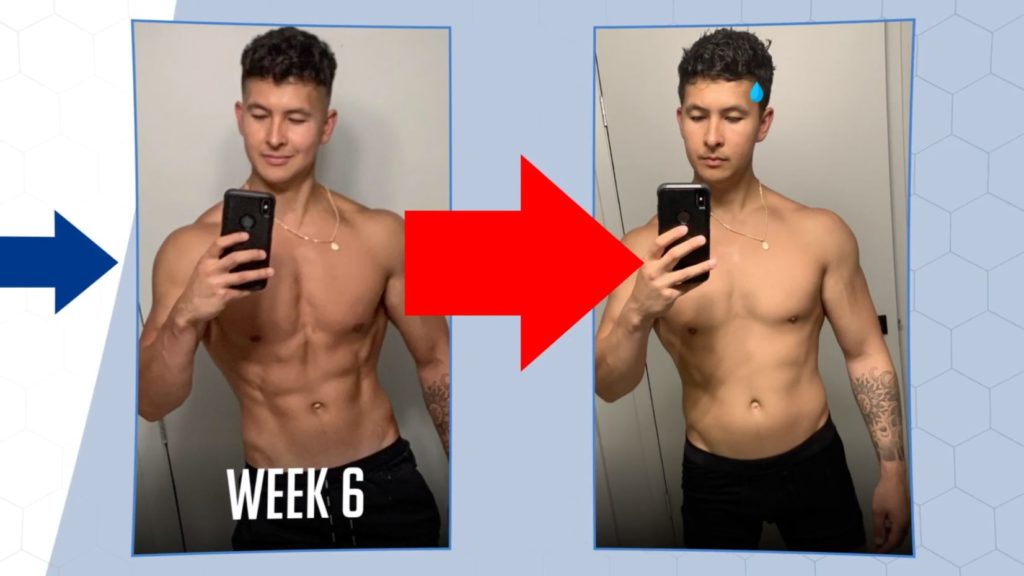
Not to worry. Because I'll show you the exact tweaks I made to my workouts and diet to make the mini-cut easy to stick to. I'll also cover what I did afterward to ensure the fat I lost stayed off - so that you can do the same.
How I Tweaked My Workouts To Lose Fat Fast
Let's start with workouts. I've broken this section down into my weight training workouts and cardio since there were important tweaks I made with both.
Weight Training Workouts
For weights, prior to the mini-cut, I was lifting 5 times a week. I was using the 5-day workout split from my Built With Science Intermediate program.
However, an aggressive calorie deficit now means I have much less fuel to energize my workouts and support my recovery. This can quickly lead to excessive fatigue and strength loss.
To avoid this, I made a few tweaks based on the findings of a 2011 study. The researchers took 70 trained males and had them lift weights 3 times a week for months while monitoring their gains. After 4 months, the researchers then tested to see the minimum amount of workout volume needed for them to maintain their new gains. They found that just 1 workout per week - so a third of what they were doing previously - was all that was needed.
Now, don't get me wrong. I love lifting weights. But implementing these findings into my routine was game-changing for managing fatigue throughout my mini-cut. To do so, I switched to a 4-day workout split from my Built With Science Intermediate program. And I removed 1 set from every single exercise in my routine.
This essentially halved the total workout volume I was doing. But was still more than enough for me to maintain my gains.
Want to get on Built With Science programs - and train in a way that's most suited for your unique body and fitness goals? Then:
Click the button below to take my analysis quiz to discover the best program for you:
↓
Cardio Workouts
As for cardio, prior to the mini-cut, I was, on average, taking 10,000 steps a day. And doing two 20-minute HIIT per week. My approach during the mini-cut was to further increase my overall activity to burn more calories every day. That's because I didn't want to have to rely solely on eating fewer calories to achieve my goal deficit. Those of you who're more sedentary will benefit greatly from this strategy.
However, I had to make sure to add in the right type of cardio. That meant cardio that was easy to recover from. And something I could actually stick to throughout the 6 weeks despite my lower energy levels. So, I decided to do 2 things:
- Taking more walks throughout the day and making frequent use of an under-desk treadmill at my office: Doing this easily increased my daily step count to 15,000 steps a day on average.
- Replacing my two 20-minute HIIT sessions with something much easier to recover from: That meant ligth cycling for 30 minutes, 3-4 times a week instead. I did this either indoor or outdoor on a road bike depending on the weather.
My body responded really well to this routine. I recovered quickly. My energy levels during my workouts remained high. And it was something I could fairly easily stick to every day.
However, these workout changes would not have been nearly as effective without the specific changes I made to my diet. The tweaks I made there are actually what enabled me to:
- Maintain my muscle and strength
- Keep my energy levels high during my workouts AND
- Keep my hinger and cravings at bay
Dietary Tweaks I Made During My Mini-Cut
So, let's now shift focus and talk about those dietary tweaks I made to lose fat fast. At the time, my body needed about 2,600 calories to maintain my weight. During the mini-cut, I dropped this by about 25% to around 2,000 calories. This drastic drop in calories created 2 problems I had to solve:
- I had to find a way to save most of my energy for my weight workouts so that I didn't end up losing a ton of strength and muscle.
- I had to find a way to manage my hunger levels and cravings.
How I Structured My Meals To Boost Energy While Cutting Down On Calories
To solve problem 1, I was strategic in what specific foods I'd be eating less of. The minimal amount of fat you should eat per day for your health is around 0.2g/lb of your body weight. So, to cut calories from my diet while still ensuring I still had enough carbs for energy and enough protein to maintain my muscle, I reduced my fat intake close to that minimum amount rather than considerably dropping my carb and protein intake.
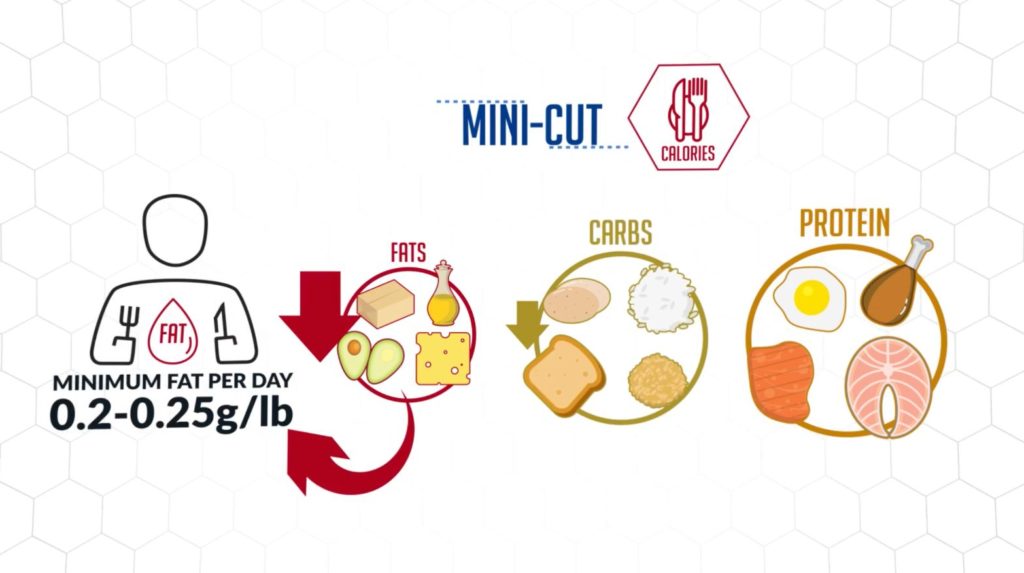
In addition to this, I strategically timed the ingestion of my carbs to best fuel my performance and recovery. This was done by saving most of my daily carb intake for my:
- Pre-workout meal: To give me energy for my workout
- Post-workout meal: To help with recovery
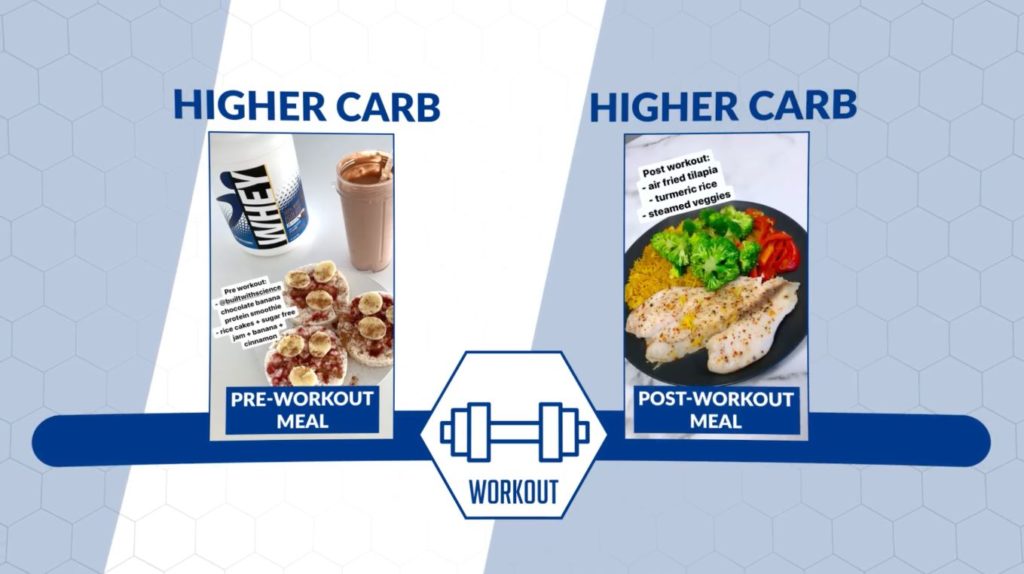
The rest of my meals were then relatively low in carbs.
How To Beat Hunger And Cravings
Now, to solve problem 2: hunger and cravings.
Method 1: Food Swaps
So, I made simple food swaps that kept me full and enabled me to eat pretty much the same meals as I was before the mini-cut. But now with far fewer calories. For example, here's what a typical breakfast would look like for me before the mini-cut. Here are the swaps I made, along with their impact on my total calorie count:
- Whole eggs for egg whites (280 calories down to 160 calories)
- Bagel with avocado for low-calorie bread (300 calories down to 150 calories)
- Adding more greens
I was able to save several hundreds of calories (total savings of 270 calories) without decreasing the actual volume of food. This applied for lunch. I kept the ingredients pretty much the same. But instead of using a 300-calorie tortilla, I used a low-calorie wrap (300 calories down to 120 calories).
Again with dinner. I was able to drop the calorie count of this meal by over 300 calories just by making the following swaps:
- White rice for cauliflower rice (400 calories to 200 calories)
- Reducing the fat content by not including eggs in the rice (140 calories to 0 calories)
For dinner, that came up to a total calorie savings of 340 calories. By the way, guys, I post many of these meals on my Instagram stories and grid. so, be sure to give me a follow for a ton of meal ideas. And to follow what I eat.
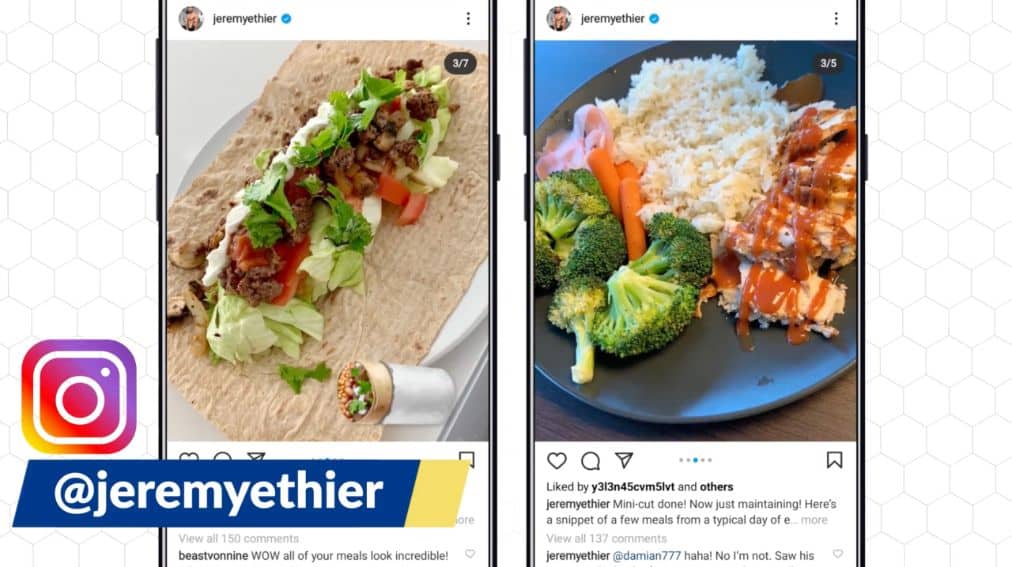
Method 2: Tasty Low-Calorie Desserts
Now, in addition to these food swaps. I also had to resist temptations during the day. Not to mention, curb my cravings at night. To do so, I always made sure I had some kind of tasty yet low-calorie dessert. Examples include:
- Banana ice cream
- Apple fritters
- Frozen yogurt
- ... Just something sweet at night that I could look forward to during the day - which would help keep me on track.
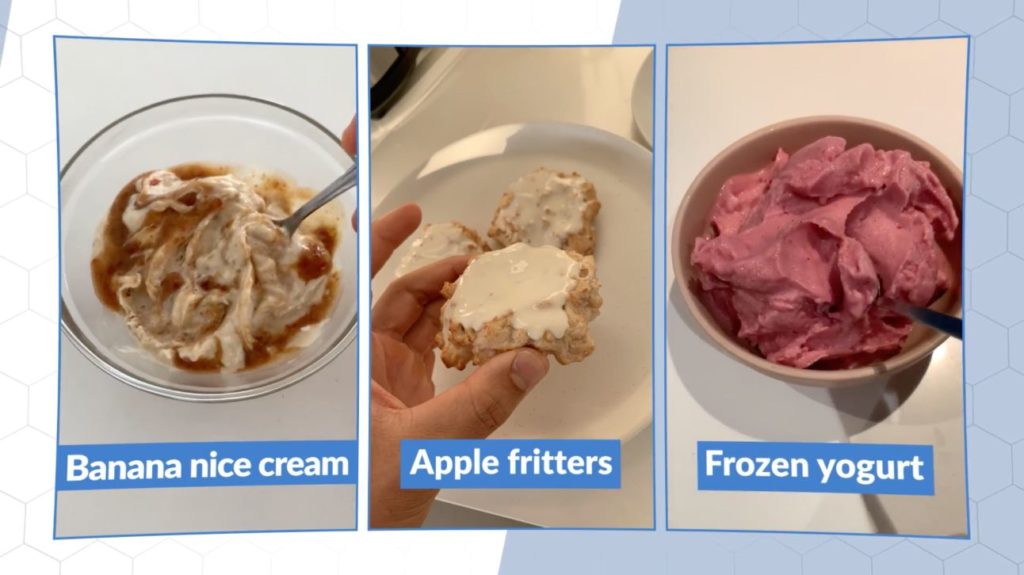
You'll find many of these meals within our Built With Science programs. Why? Well, it's because we know just how frequently cravings can totally derail progress.
However. Here's something important to note. While these dietary changes were key to helping me quickly and sustainably lose fat throughout the 6 weeks, it's what I did after that helped me keep that fat off. And it also happens to be where most people mess up.
Be Mindful Of Your Diet And Activity Levels After Your Mini-Cut
There are 2 factors that cause rapid fat re-gain after a mini-cut or any dieting phase, for that matter.
The first has to do with your metabolism. As a result of weighing less and the effects of dieting, my metabolism is slightly lower than what it was previously when I was carrying around more weight. In other words: before I'd gone on a mini-cut. In addition to this, drastically reducing my activity or cutting it out altogether after the mini-cut would not only mean:
- I'm burning even fewer calories every day BUT
- There is also data to suggest, and I can definitely attest to this, that lower levels of activity make regulating hunger more difficult. Which makes it easier to overeat after a diet.
The second point is ultimately what causes people to unknowingly overeat after their diet is over. To avoid this, members of my Built With Science programs use our nutrition software to pinpoint exactly how their metabolism changes.
But for those who aren't on my programs (yet), expect that your new maintenance calories may be slightly lower by 100 or 200 calories. That means you'd need to remain active by doing things you enjoy - and can sustain. You should also keep a close eye on your body weight. Of course, your weight will initially increase by 1 or 2 lbs (mostly from water, due to the increase in food intake). But your weight should stabilize shortly after. And is an indication that you've found the right balance.
Takeaway
Keep in mind that mini-cuts are exactly what their name implies. Mini. They are NOT a long-term, sustainable solution. It's short and aggressive for a reason. Bear in mind that they can quickly become unsustainable if continued for too long. But, when used properly, they are effective. By the way, do check out some of my previous articles also geared toward helping you lose fat:
And for those who need more guidance on exactly how to train, how to eat, and how to execute a sustainable plan to transform your body,take our free quiz below, and it’ll determine which of my science-based programs are best for you and your goals:
Click the button below to take my analysis quiz to discover the best program for you:
↓

